"As a child, I was fascinated by the 500kV North–South transmission line project featured on television. I remember building small electric poles and stringing wires through my grandmother’s vegetable garden. To me, the bamboo sticks and mounds of soil were mountains and forests. Later, I discovered that HUST had made significant contributions to that very project,” shared Assoc. Prof. Hà Duyên Trung, Head of the Department of Communication Engineering, School of Electrical and Electronic Engineering, Hanoi University of Science and Technology.
His passion for information and communication systems grew stronger with time. After more than 12 dedicated years of research and teaching at HUST, he became a leading lecturer in attracting research funding and industry collaboration, especially in the fields of the Internet of Things (IoT) and Cloud Computing—key pillars of education and innovation at the School of Electrical and Electronic Engineering.
This research passion began in high school, sparked by books and articles on science and technology. “At the time, fixed-line telephones intrigued me, and I dreamed of becoming a telecommunications engineer to understand how people connect and exchange information,” he recalled.
Known for its rigor and academic intensity, HUST was his dream destination. “I always wished to study Electronics and Telecommunications here, despite knowing how competitive it was, with so many top students applying for this major,” he said.
After graduating in Electronics and Telecommunications, he pursued graduate studies abroad before returning to HUST to continue teaching and conducting research alongside new generations of HUST students.
Throughout his career, Assoc. Prof. Trung has taken part in numerous research projects at various levels, including international collaborations. He emphasized that securing research funding begins with understanding societal needs and translating them into relevant research ideas. “Projects must be highly applicable, while still being novel, timely, and feasible within a university research setting. Collaboration with domestic and international partners helps combine strengths and expand impact,” he noted.
He also highlighted the support from the former School of Electronics and Telecommunications, now part of the School of Electrical and Electronic Engineering, in providing facilities and favorable policies that enabled his team to focus on their work.
In 2021, the School of Electrical and Electronic Engineering was officially formed through the reorganization of the School of Electrical Engineering, the School of Electronics and Telecommunications, and the MICA International Research Institute. Assoc. Prof. Trung believes this integration brings new opportunities by strengthening interdisciplinary collaboration in both research and education.
With a total funding of approximately 6.1 billion VND, Assoc. Prof. Trung leads a project on IoT platforms for managing industrial zones and high-tech parks, as part of the national program “Research and Develop IT Products for E-Government.” IoT is also a strategic focus of the School’s educational mission at HUST.
IoT enables millions—or even billions—of physical devices to connect and exchange data via the Internet. According to Fortune Business Insights, the IoT market is projected to grow from $381 billion in 2021 to $1.8 trillion by 2028, with an annual growth rate of 25.4%.
“IoT devices can be anything: a person with a heart implant, an animal with a tracking chip, a car with tire pressure sensors, or a smart appliance in a connected home,” Trung explained. “It’s a foundational technology for smart cities—encompassing everything from air conditioning, lighting, health monitoring systems, to smart locks and sensors.”
Despite the global momentum, domestic research into IoT platforms remains limited in both quantity and quality. To bridge this gap, his team at the School of Electrical and Electronic Engineering focused on research, design, prototyping, and system deployment—actively involving students from Electronics and Telecommunications Engineering programs.
The project team was divided into three specialized groups: hardware development, software engineering, and system integration. Their hardware system includes IoT devices for collecting environmental data in industrial zones and IoT gateways supporting major communication protocols like Wi-Fi, Zigbee, Bluetooth, LoRa, Z-Wave, and 4G/NB-IoT.
The devices were solar-powered and strategically placed at key monitoring locations. To reduce costs, they used unlicensed frequency bands for data transmission and connected to a central data center via gateways—avoiding reliance on SIM cards.
Given the variety of data collected, a key challenge was standardizing the information. The team implemented an open-architecture cloud computing platform to process and unify data streams, which could then be accessed by users through mobile apps. This solution ensured the system could scale to support tens of thousands of connected devices simultaneously.
“The cloud platform can retrieve and process data from tens of thousands of devices per second,” Trung said. Notably, all data is stored securely on servers located at the university, ensuring data sovereignty and enabling easier third-party integration through open development frameworks.
Sinh viên Bách khoa Hà Nội tham gia vào quá trình nghiên cứu, thiết kế, chế tạo thử nghiệm và vận hành hệ thống IoT trong phòng thí nghiệm
“This is a project focused on mastering technology,” he affirmed. “We designed and integrated the IoT hardware, and also built and deployed the cloud-based management software ourselves.”
Field testing wasn’t easy. The system had to handle various metrics like environmental quality, wastewater, and emissions from industrial zones. “During our first site survey, we could barely install anything,” he recalled. “But each failed attempt taught us valuable lessons. We revised our deployment plans and by the third and fourth trials, everything began to run smoothly.”
Although the COVID-19 pandemic caused some delays, the team was well-prepared, reallocating resources and adapting quickly. Real-world testing with partner organizations provided essential feedback for improving the design and deployment of their scientific products.
The team successfully produced and operated a stable prototype for an extended period. Trung hopes to expand the project in future phases. “Now that we’ve mastered the technology and design, we hope to develop and refine the product further for broader deployment.”
In the next phase, the group aims to develop IoT applications for environmental monitoring and partner with small and medium-sized enterprises to implement digital transformation solutions.
“As researchers, we must constantly seek out the new—especially in technology,” Trung concluded. “As Vietnam advances its broadband and telecommunications infrastructure, we need innovative approaches to help build the digital infrastructure essential for a digital economy and society.”
Author: Phạm Phúc Ngọc
Reader Comments
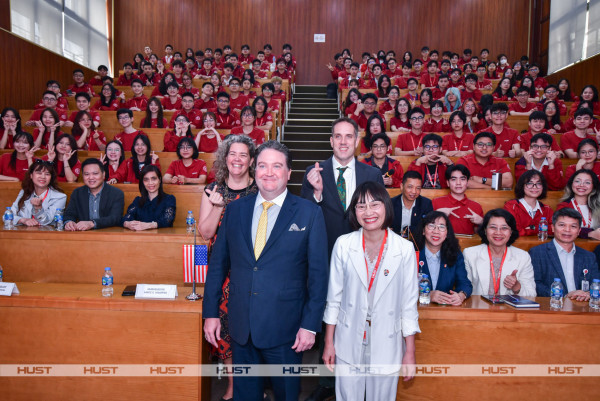 Mr. Marc E. Knapper, the U.S. Ambassador to Vietnam, visited and worked with Hanoi University of Science and Technology
Mr. Marc E. Knapper, the U.S. Ambassador to Vietnam, visited and worked with Hanoi University of Science and Technology
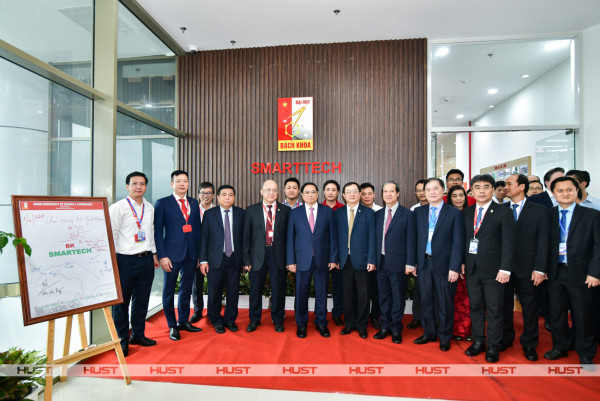 Prime Minister approved the Development Plan for Hanoi University of Science and Technology (HUST) to become one of the leading higher education institutions in Asia.
Prime Minister approved the Development Plan for Hanoi University of Science and Technology (HUST) to become one of the leading higher education institutions in Asia.
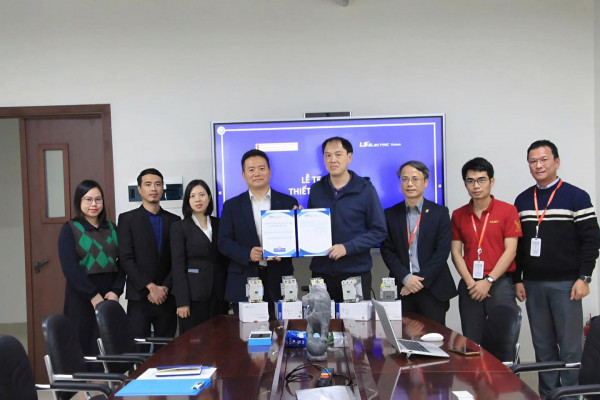 Equipment Support Agreement Signed Between Faculty of Electrical Engineering and LS Electric Vietnam
Equipment Support Agreement Signed Between Faculty of Electrical Engineering and LS Electric Vietnam
 Grand Opening of the i3-Mechatronics Smart Automation Lab: A Leap Toward Industry 4.0
Grand Opening of the i3-Mechatronics Smart Automation Lab: A Leap Toward Industry 4.0
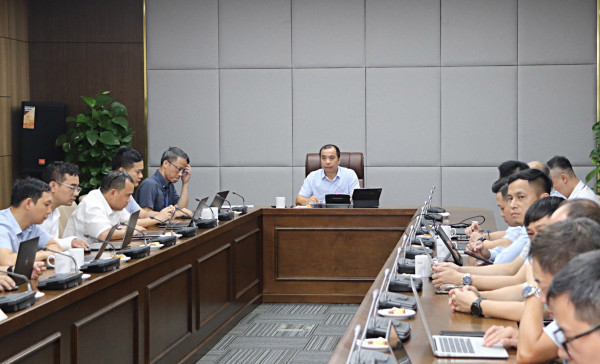 Powering the Future: Innovative S&T Models for High-Renewable Power Systems
Powering the Future: Innovative S&T Models for High-Renewable Power Systems
 Unlock Your Future: Toshiba Vietnam Scholarship for HUST Electrical Engineering Students
Unlock Your Future: Toshiba Vietnam Scholarship for HUST Electrical Engineering Students
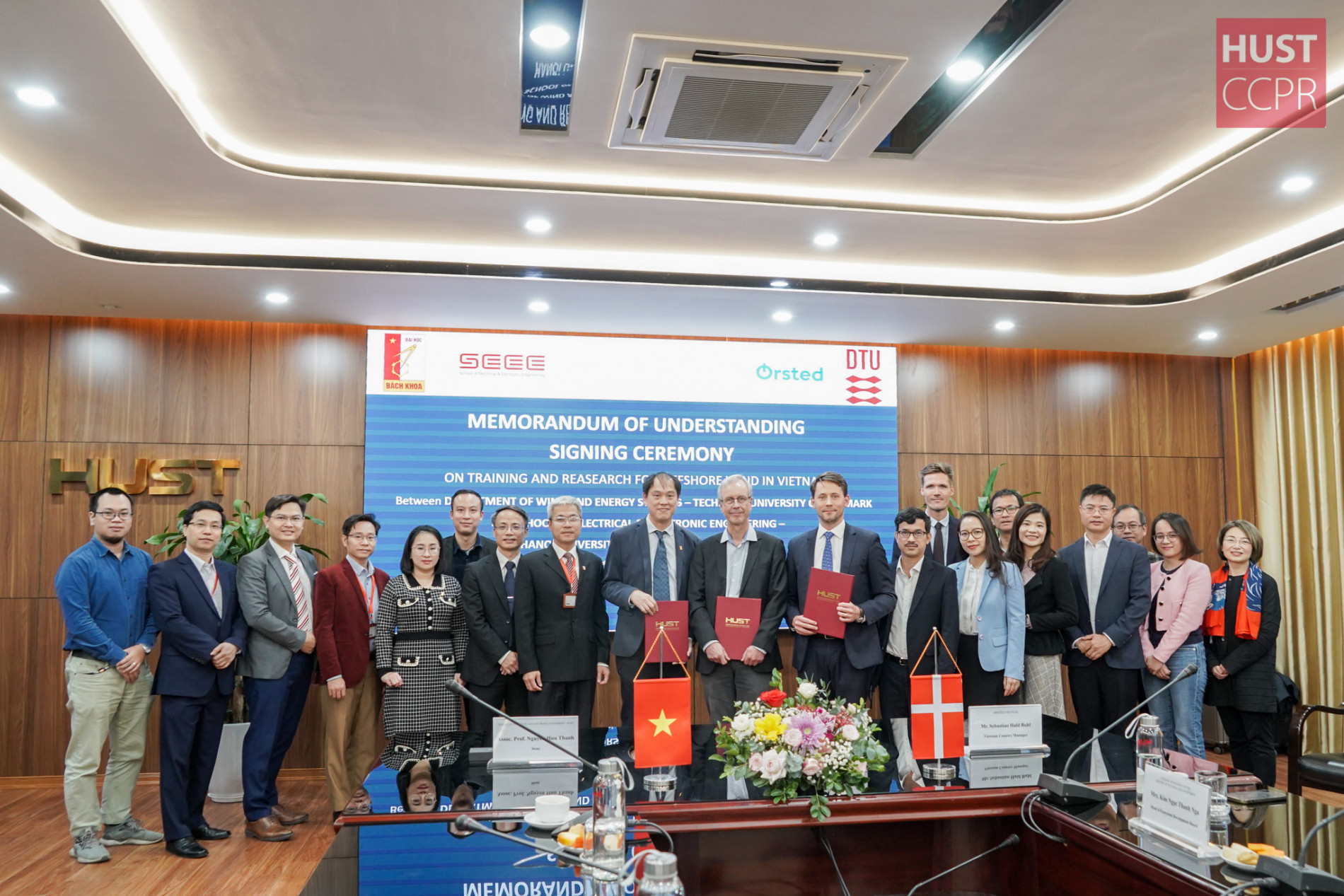 Hanoi University of Science and Technology (HUST) is partnering to drive the development of offshore wind power in Vietnam
Hanoi University of Science and Technology (HUST) is partnering to drive the development of offshore wind power in Vietnam
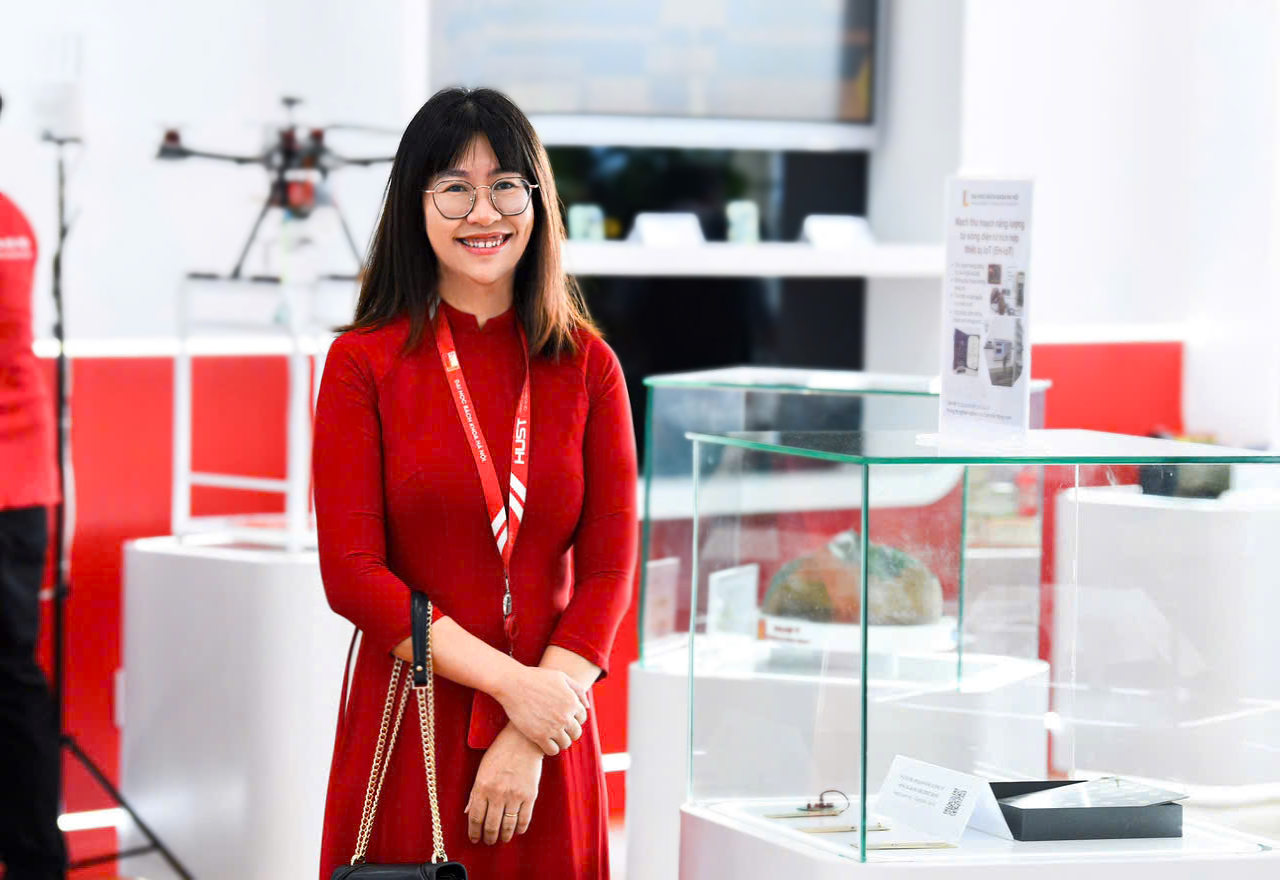 “Hanoi University of Science and Technology – the Lucky Starting Point for Me!”
“Hanoi University of Science and Technology – the Lucky Starting Point for Me!”
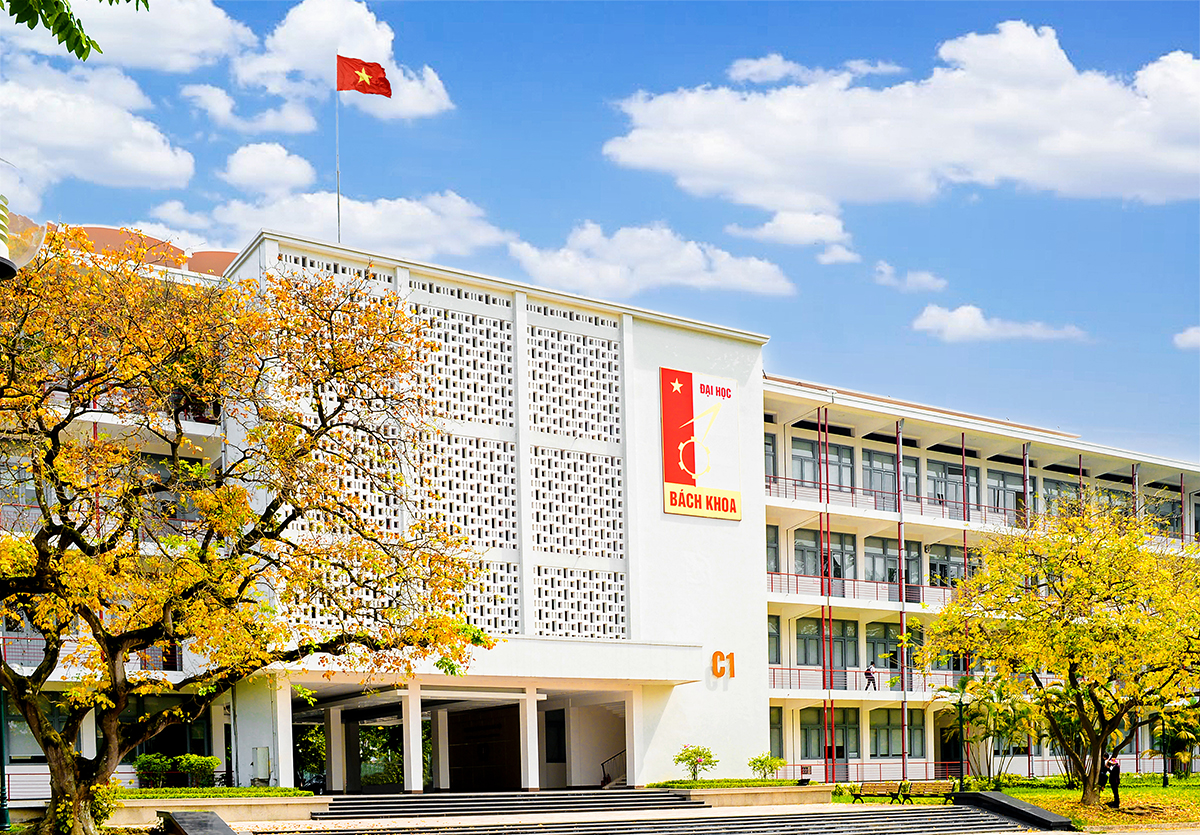 Vietnam’s Bold STEM Leap: Elevating 5 Flagship Universities in Engineering & Technology
Vietnam’s Bold STEM Leap: Elevating 5 Flagship Universities in Engineering & Technology
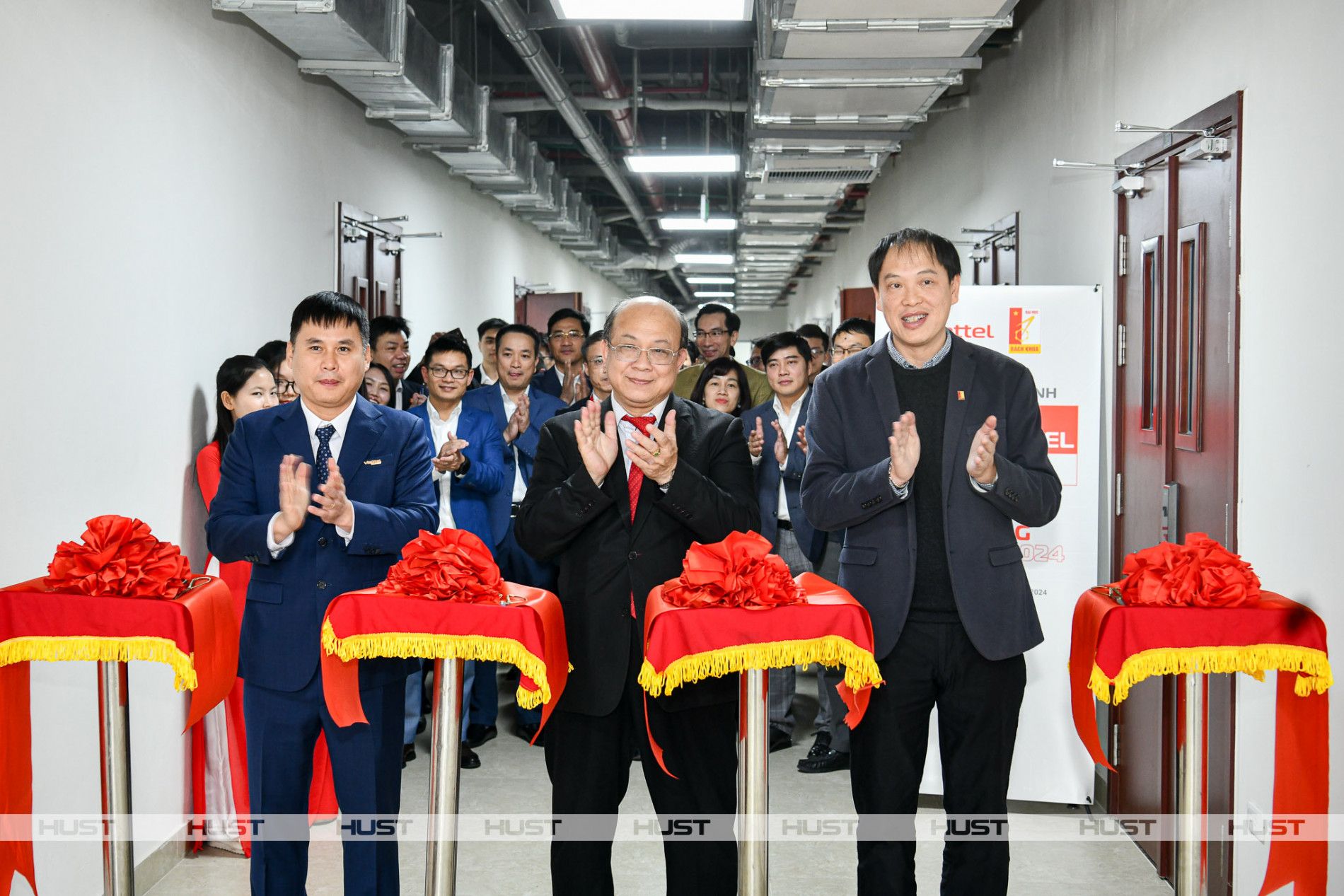 HUST and Viettel Unveil Cutting-Edge 5G/6G Research Lab
HUST and Viettel Unveil Cutting-Edge 5G/6G Research Lab